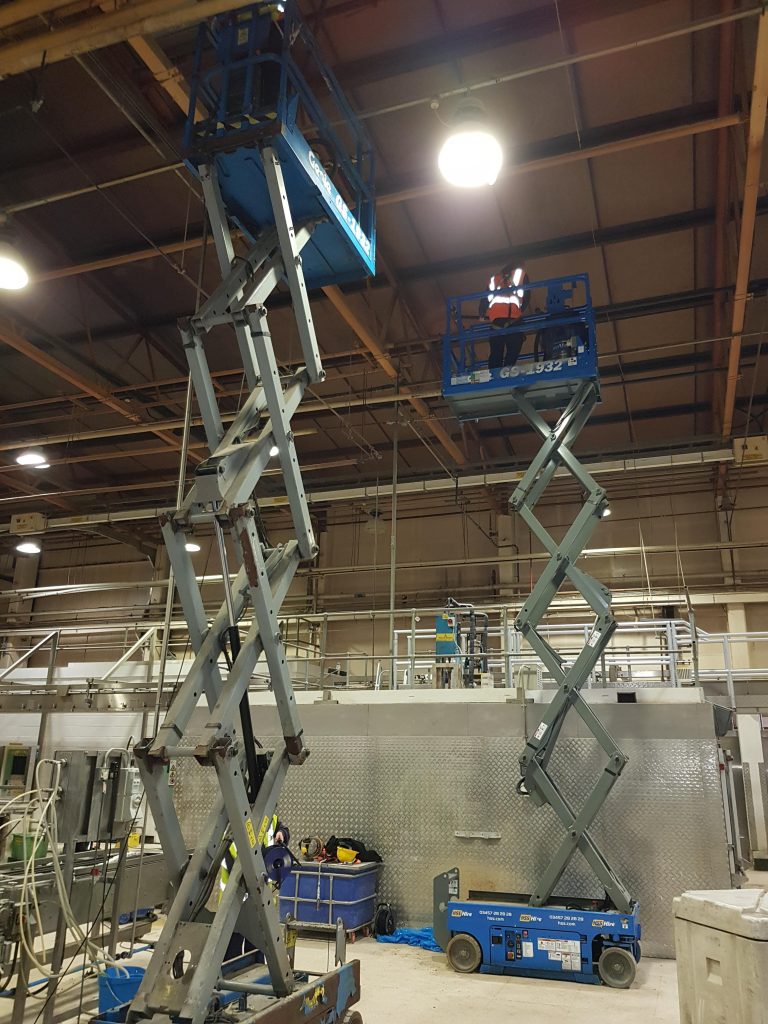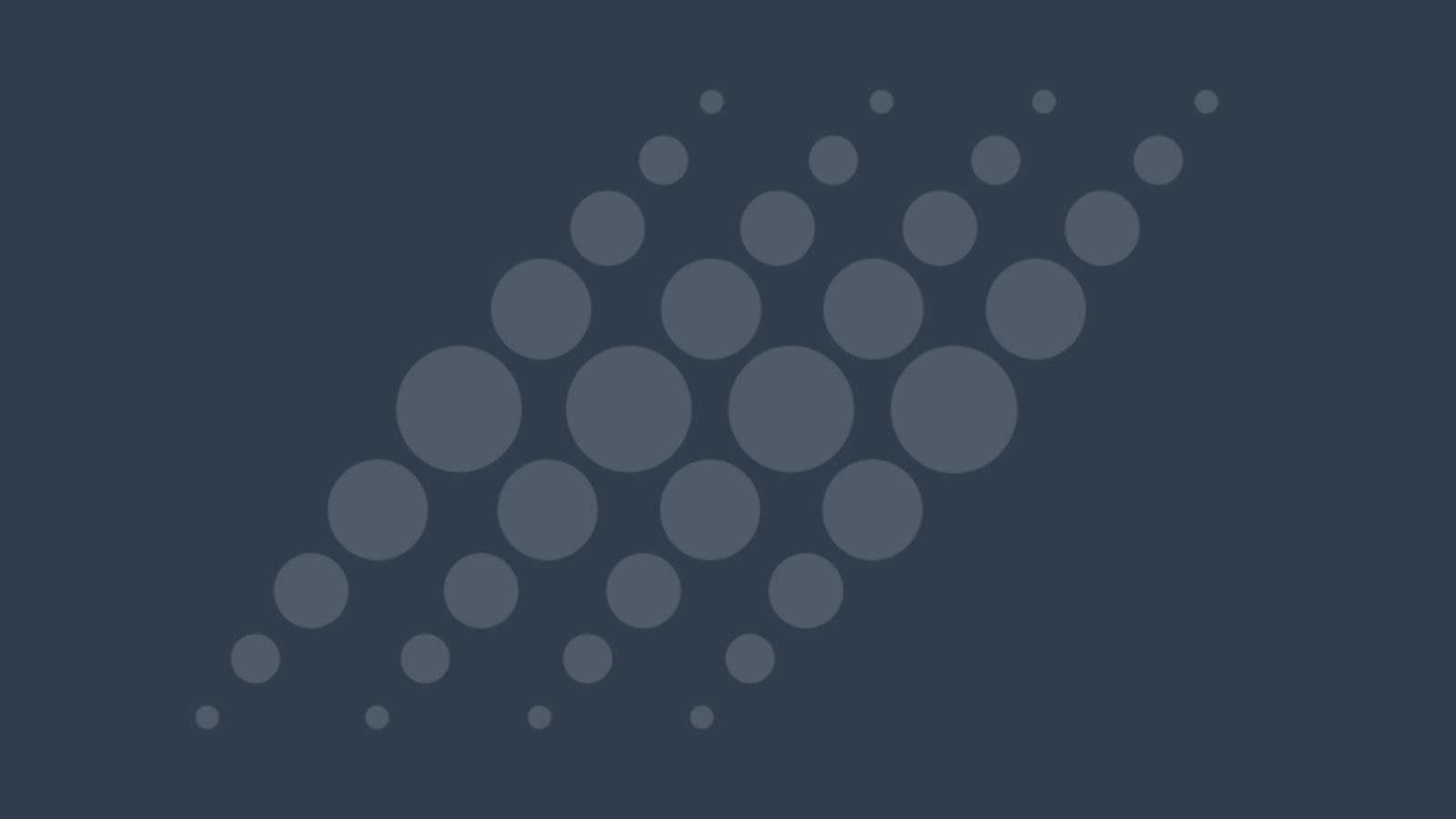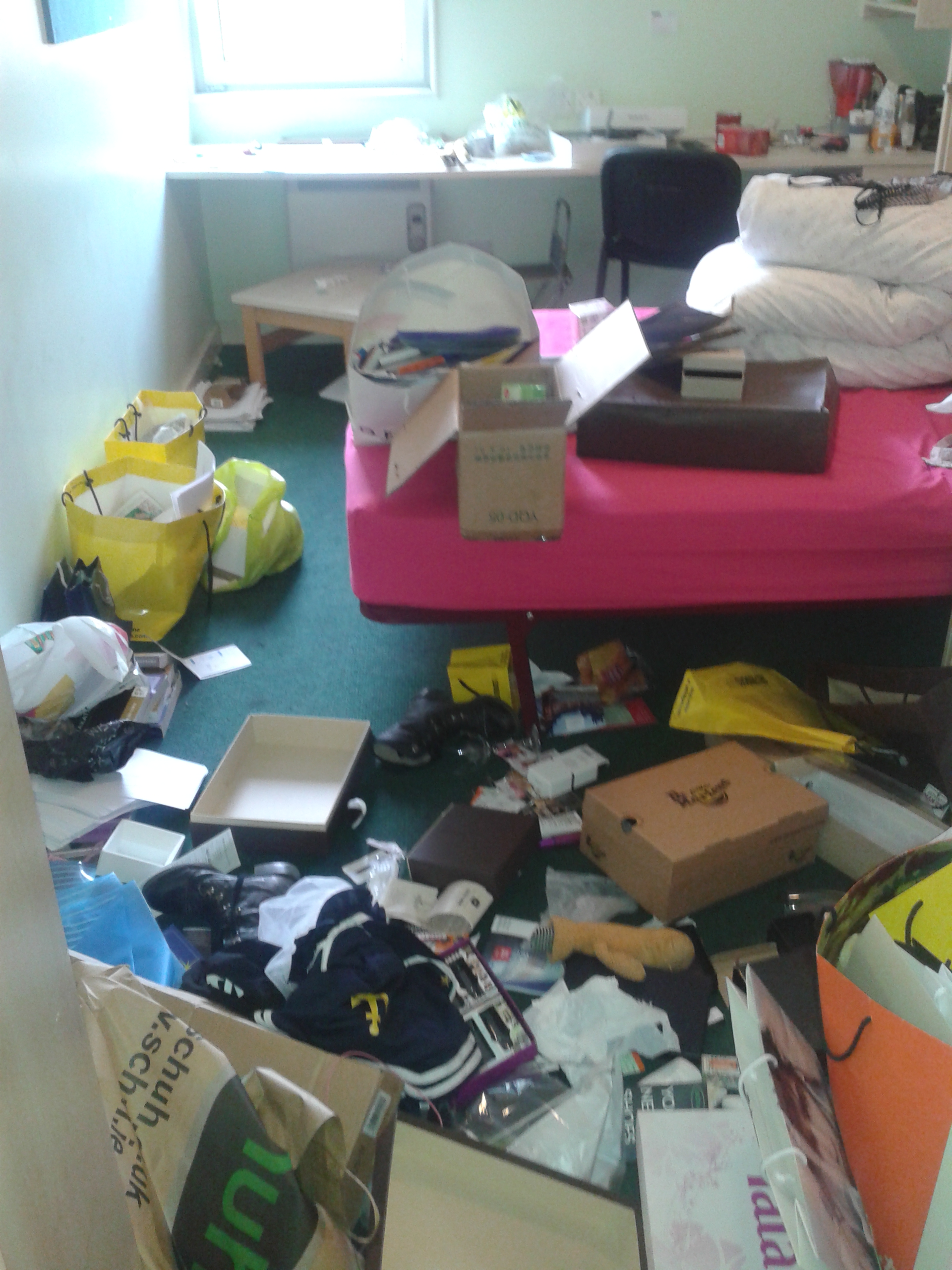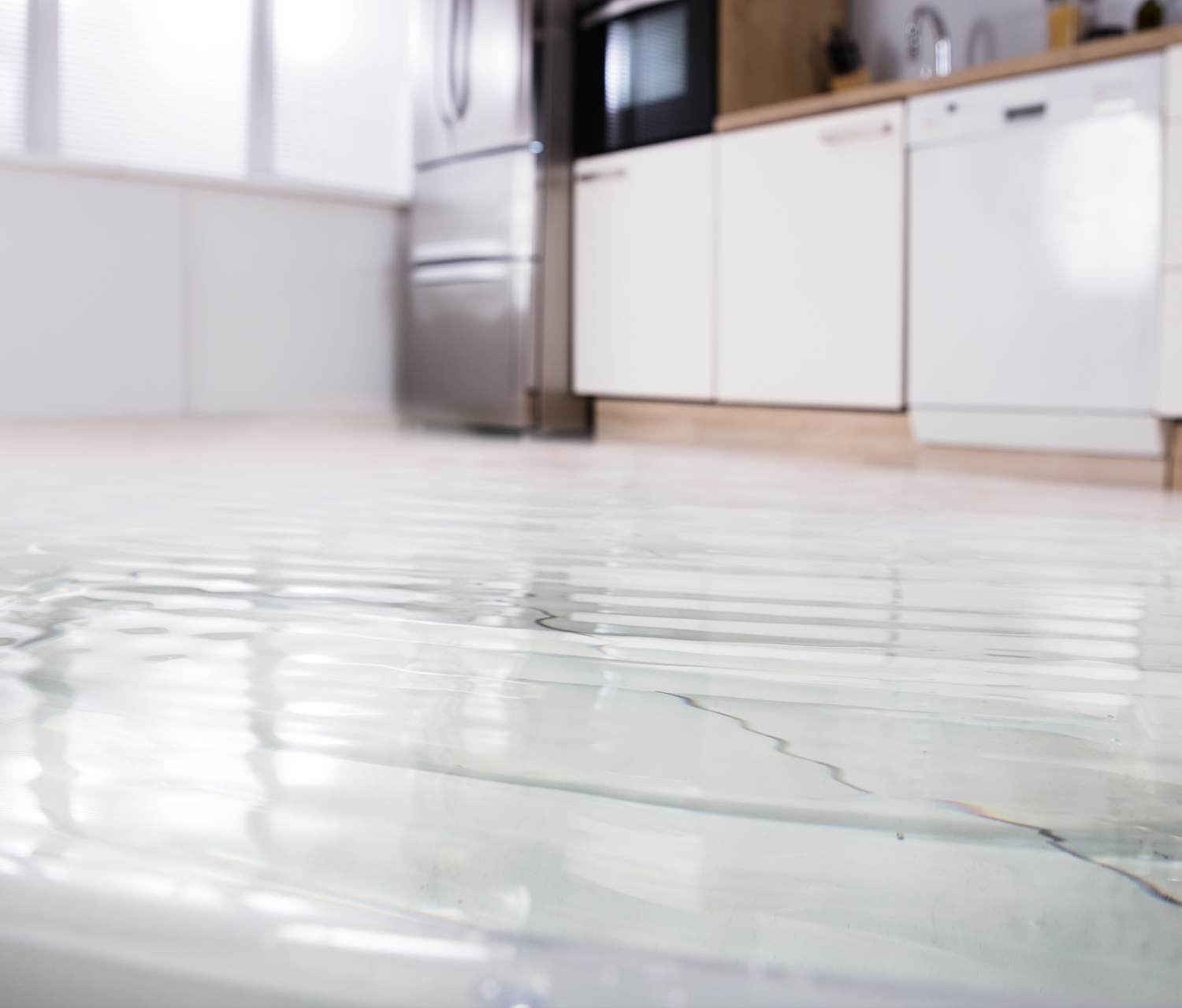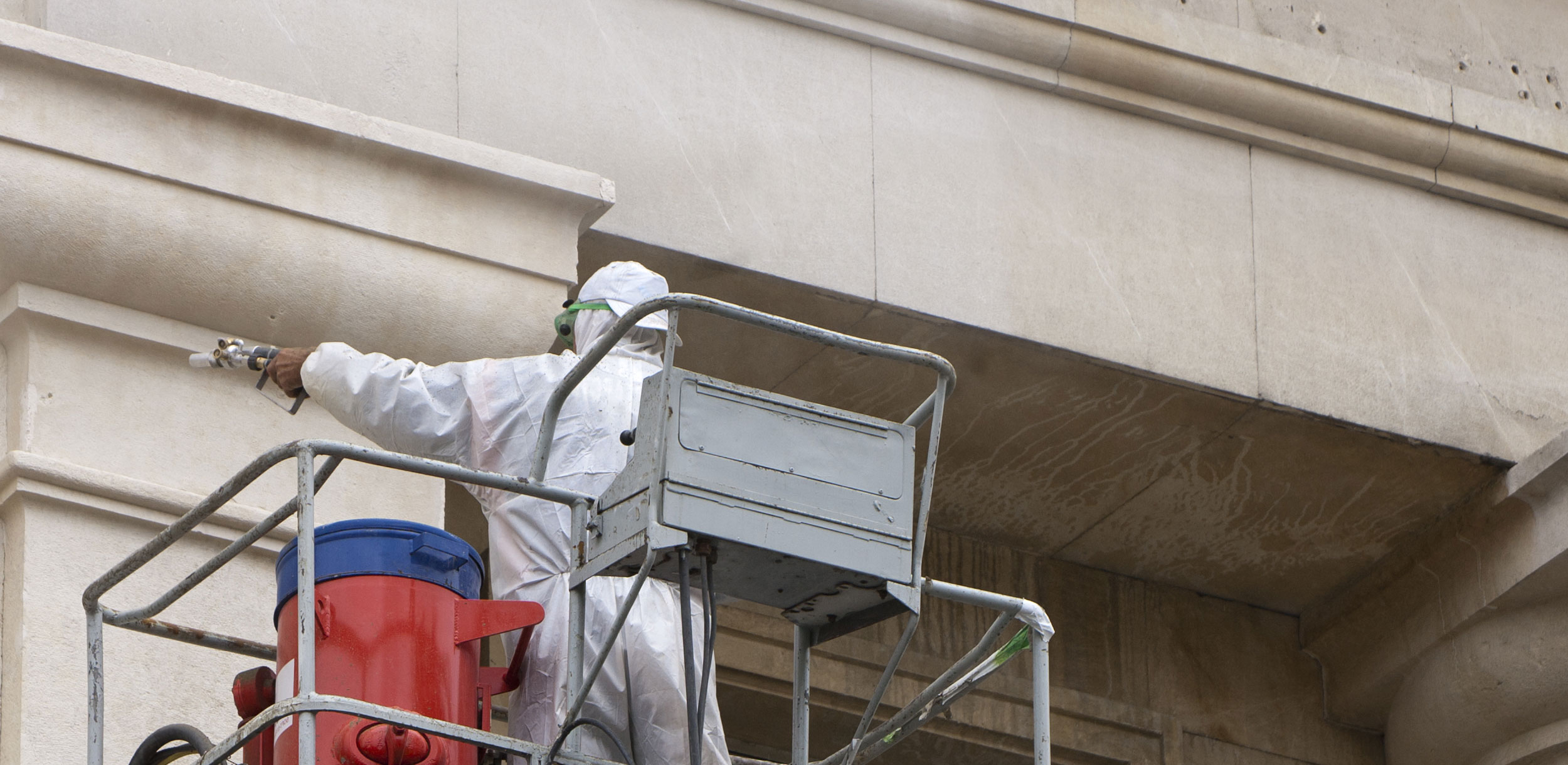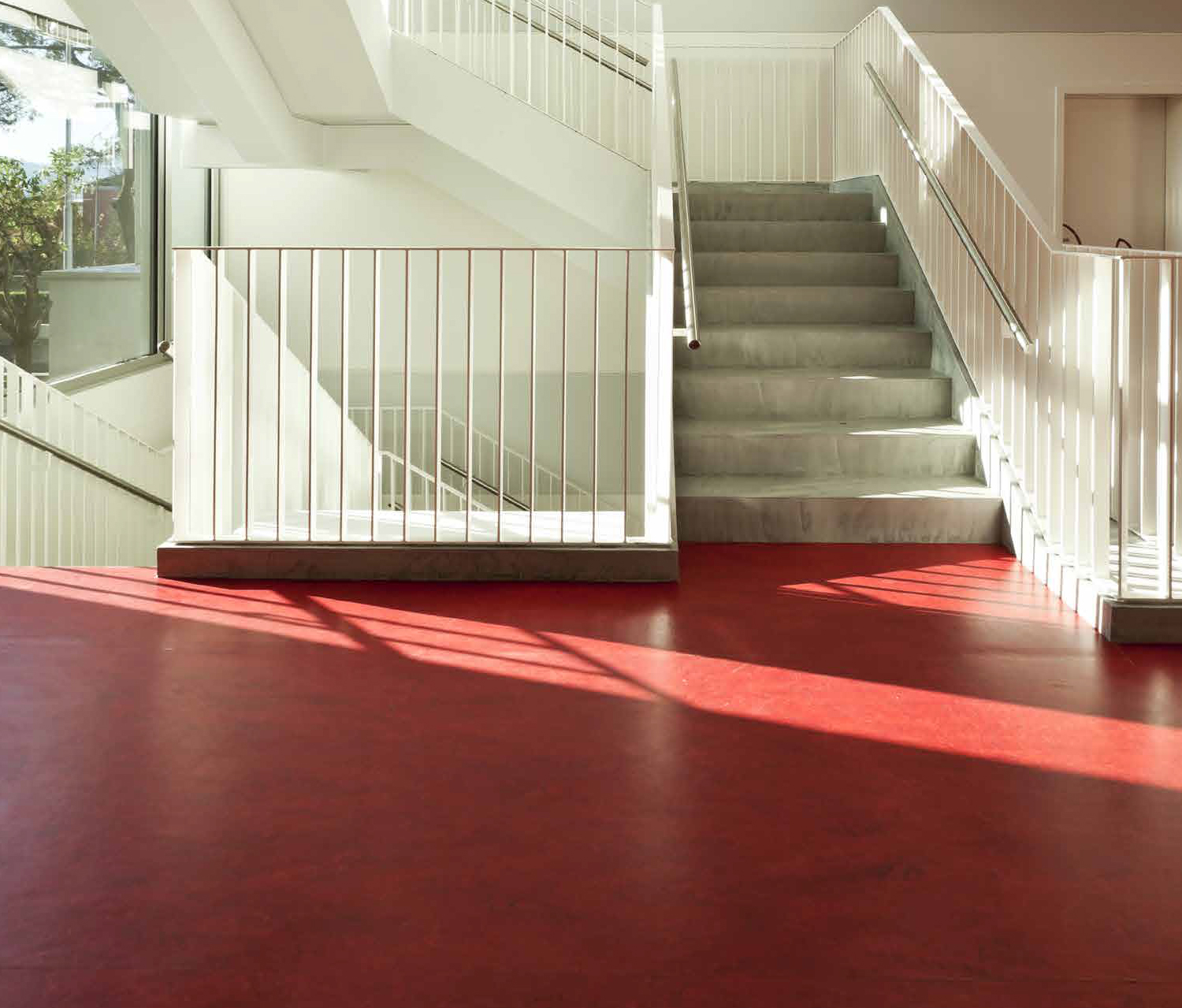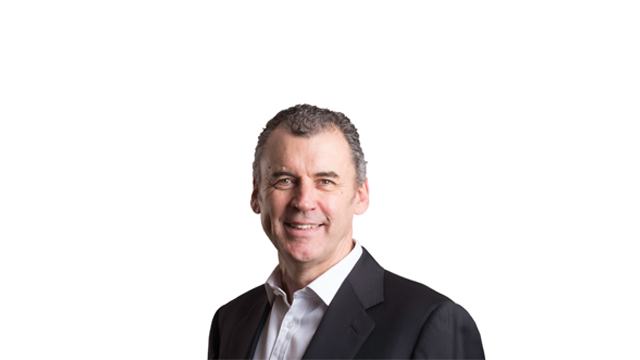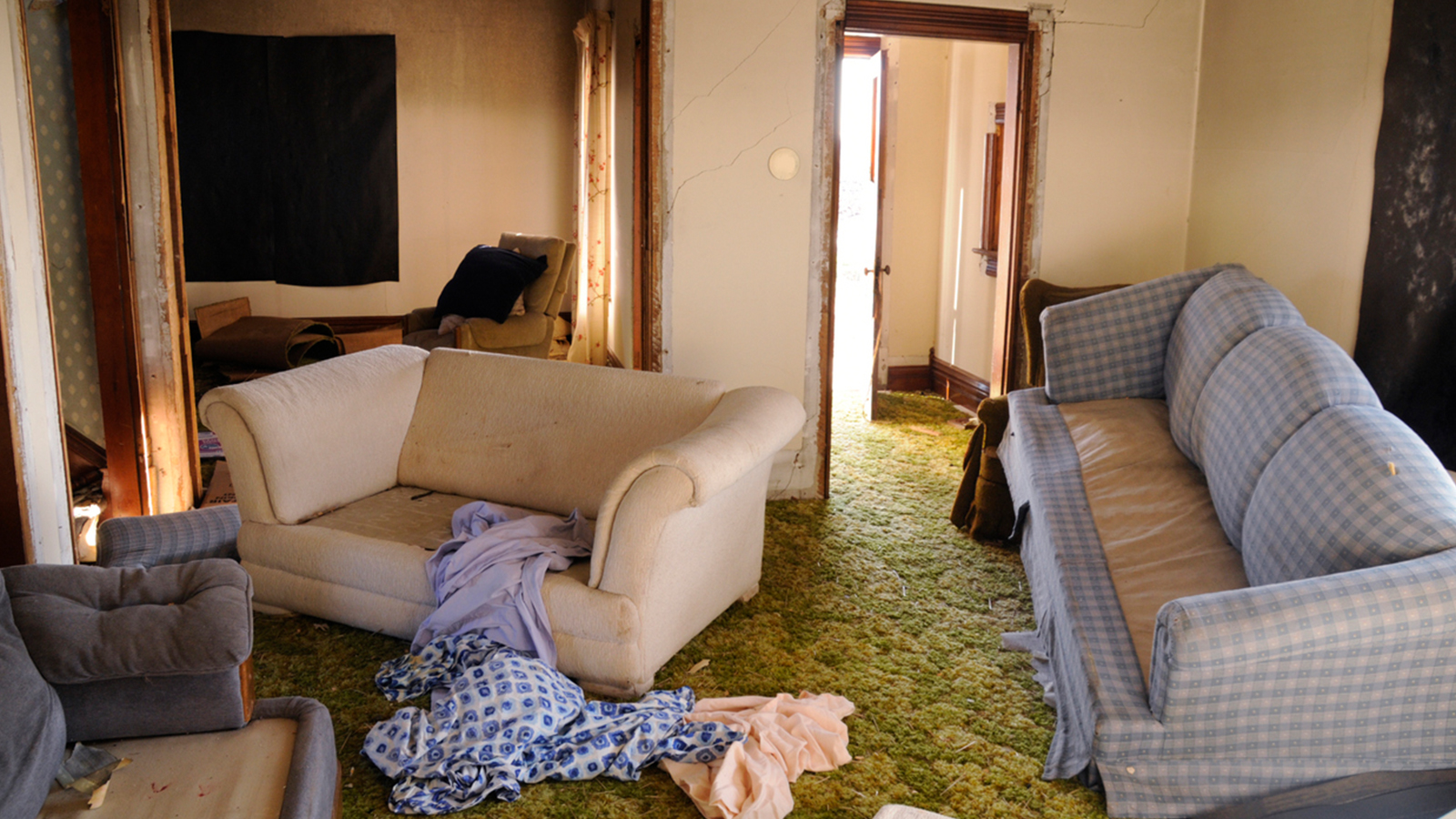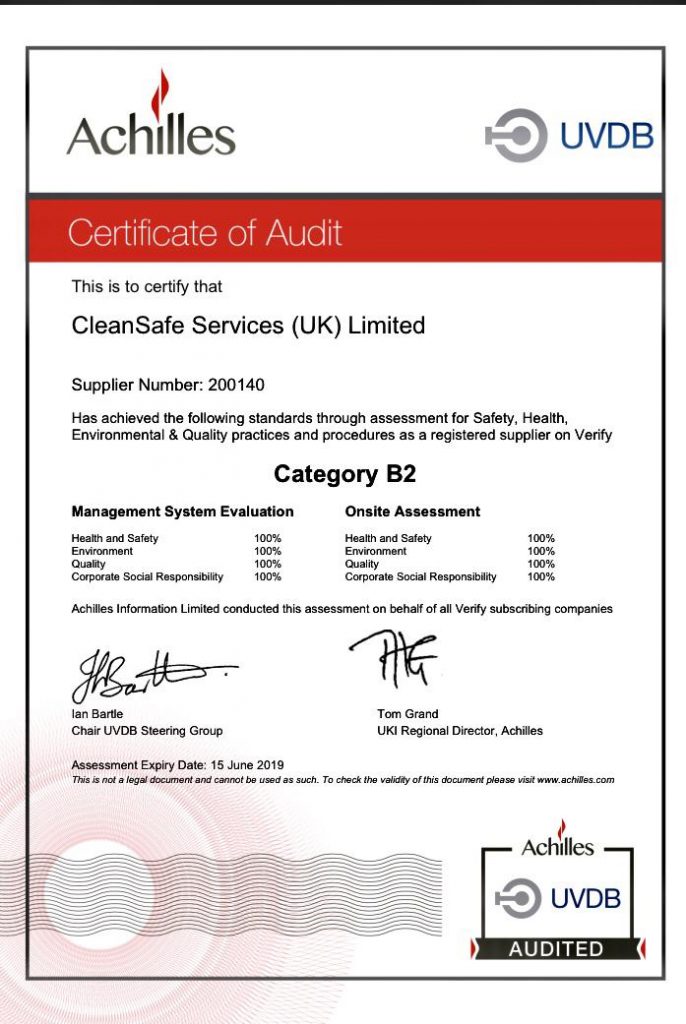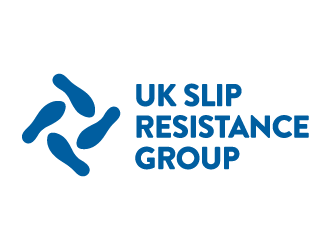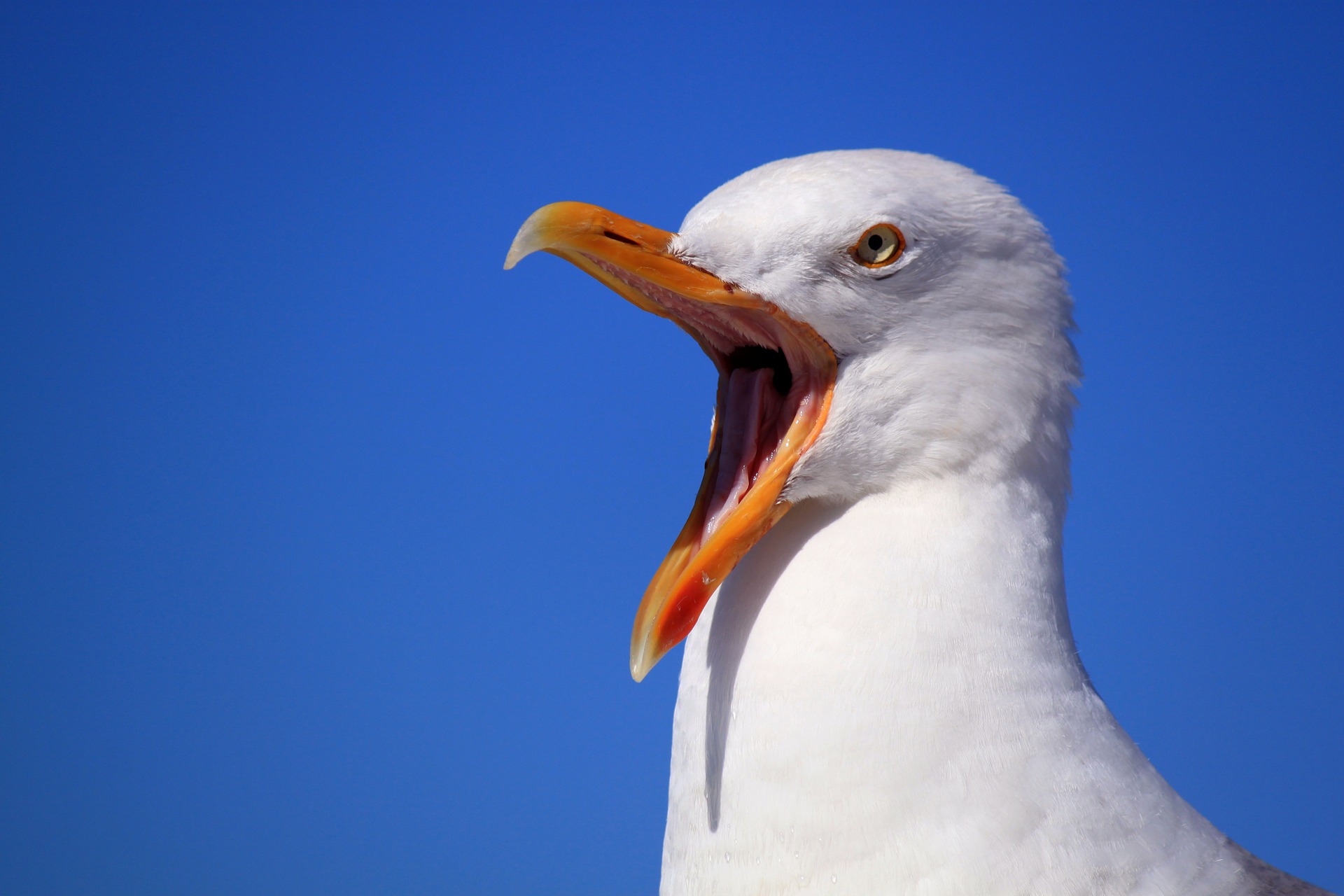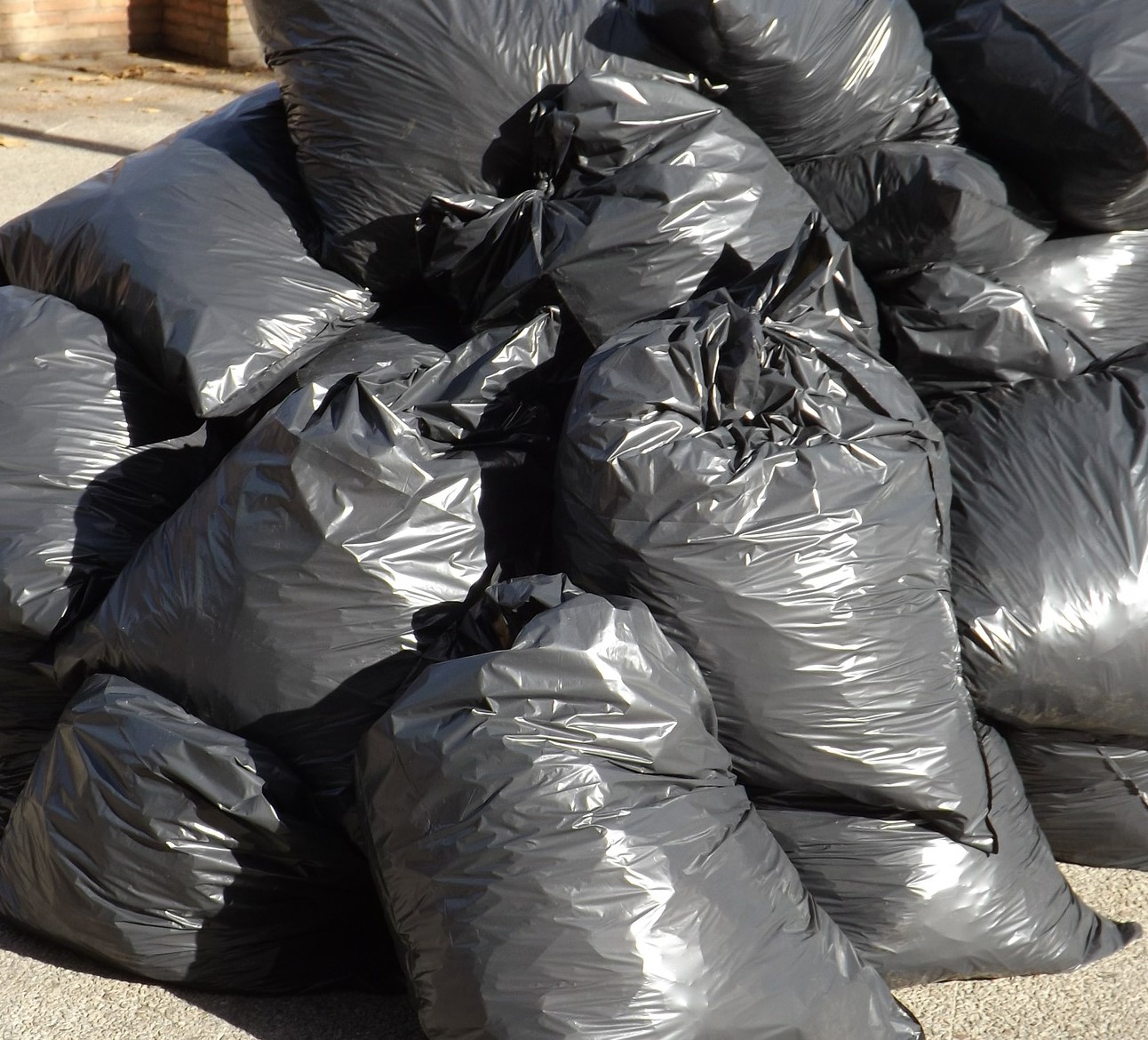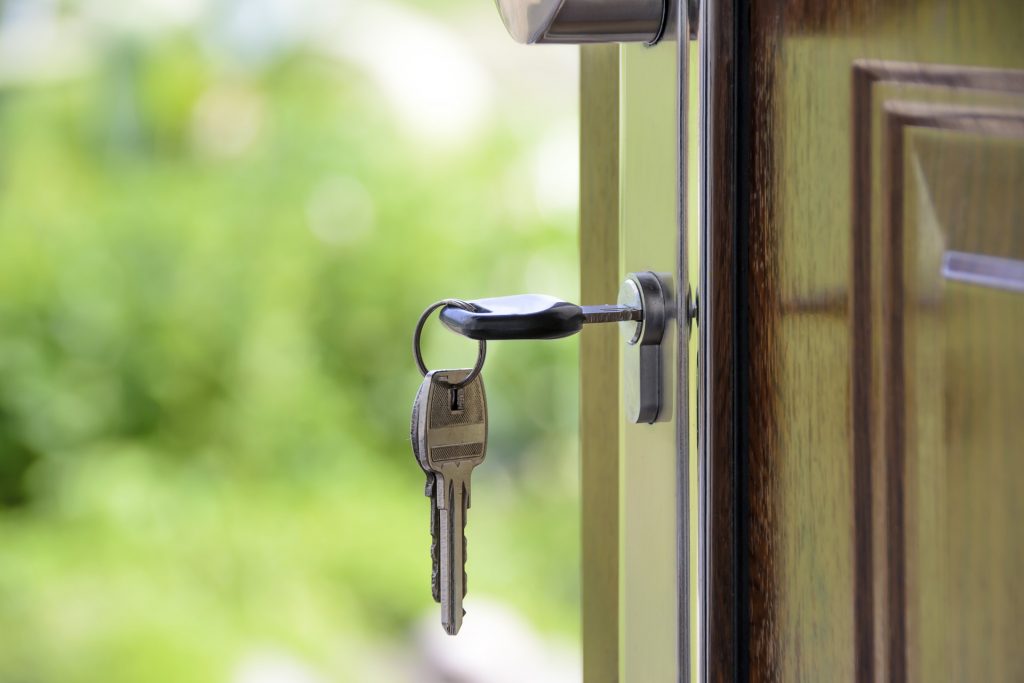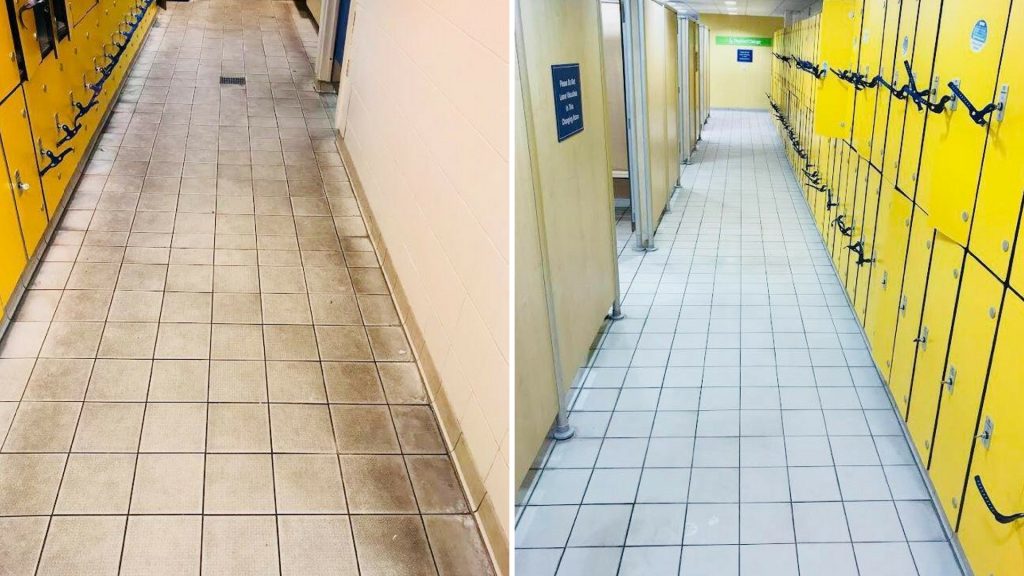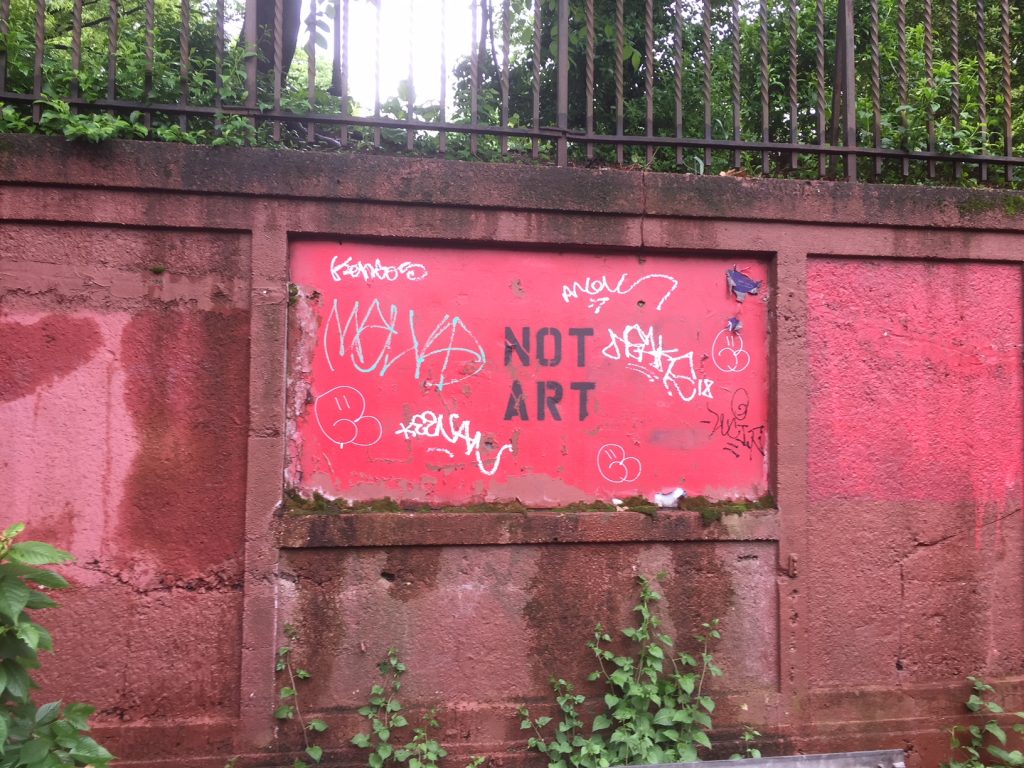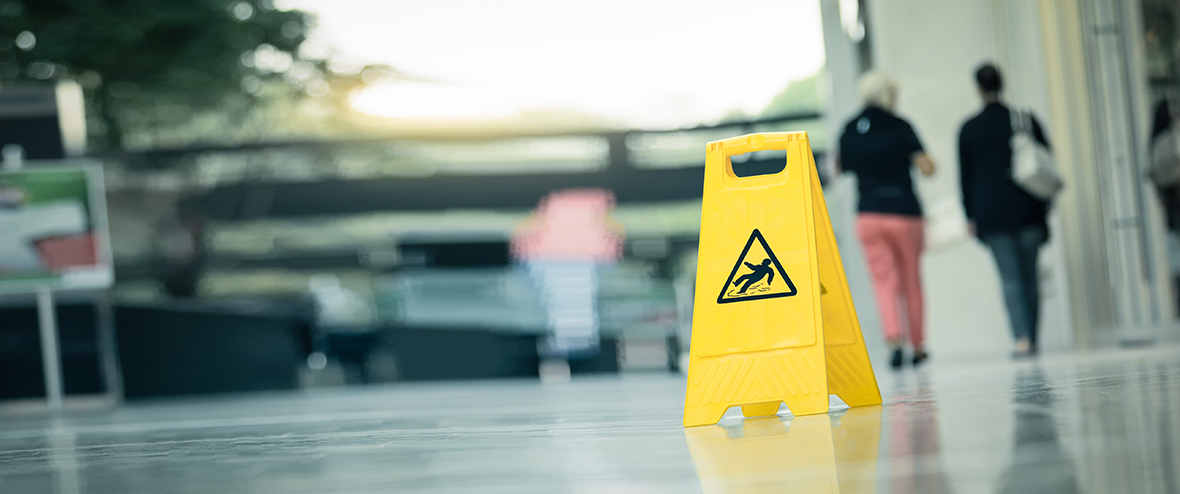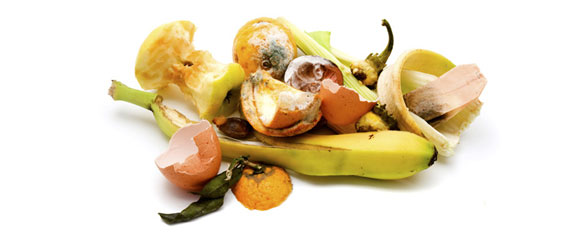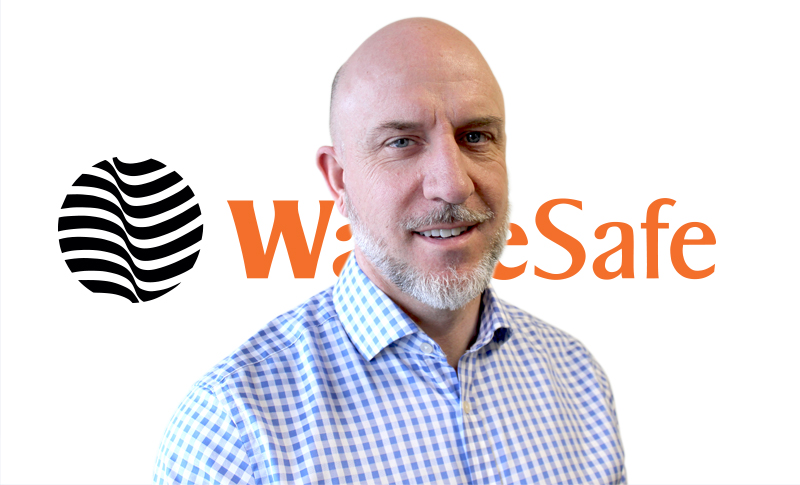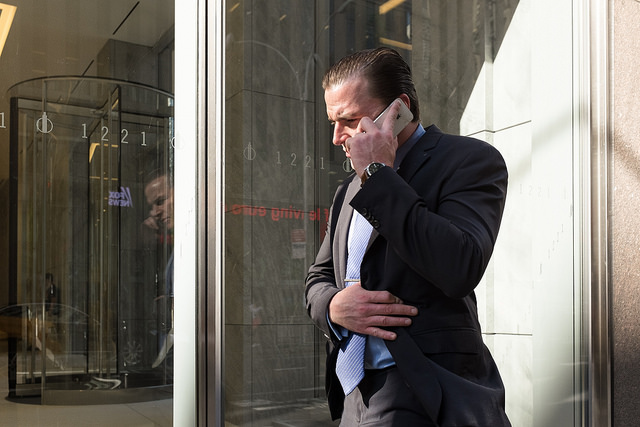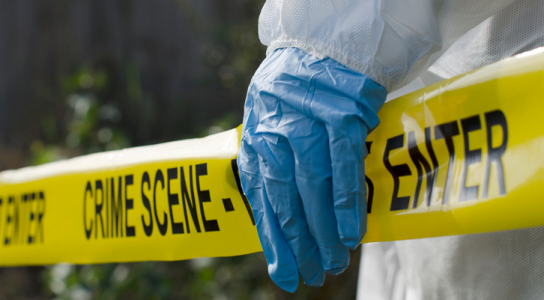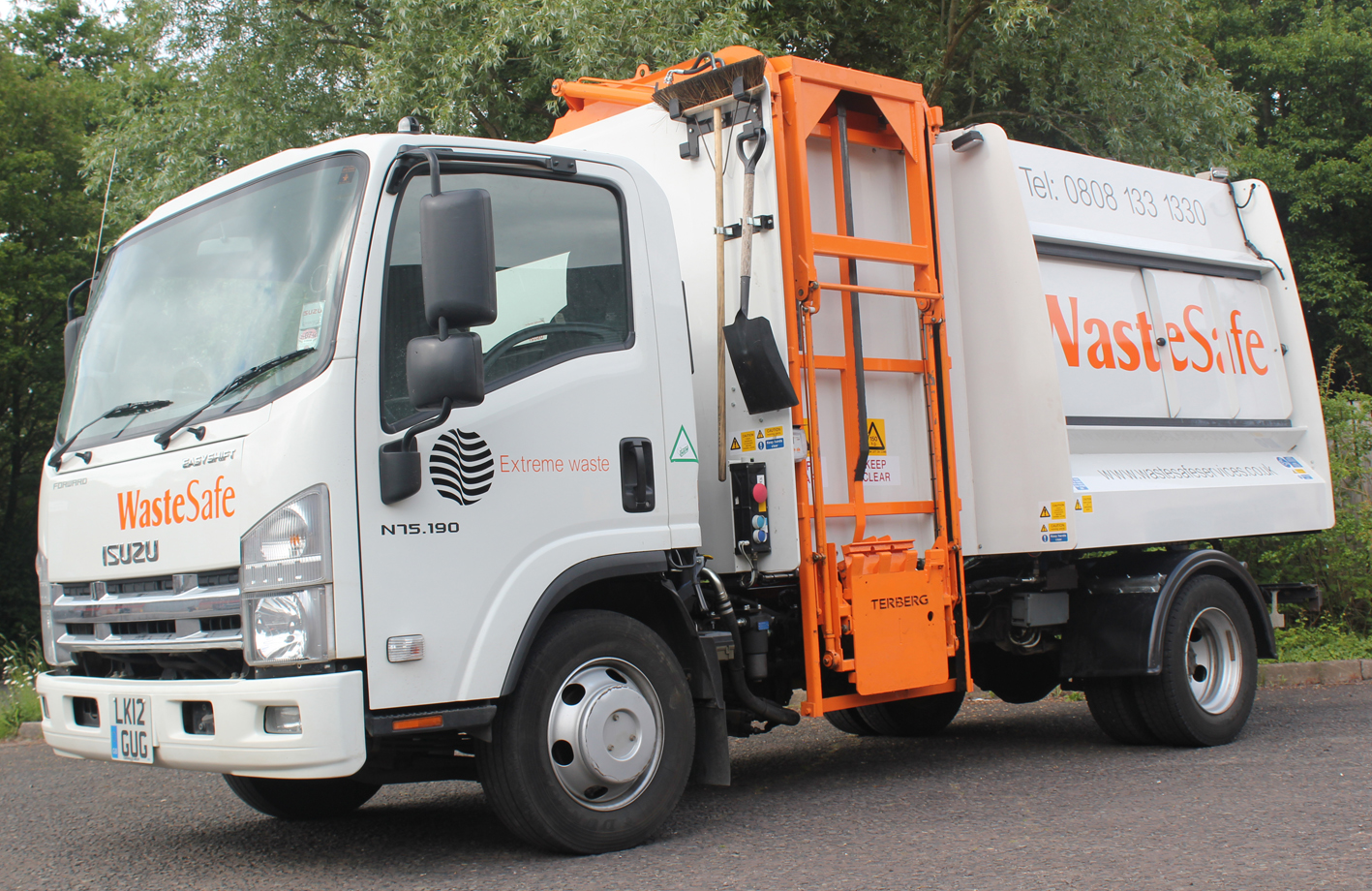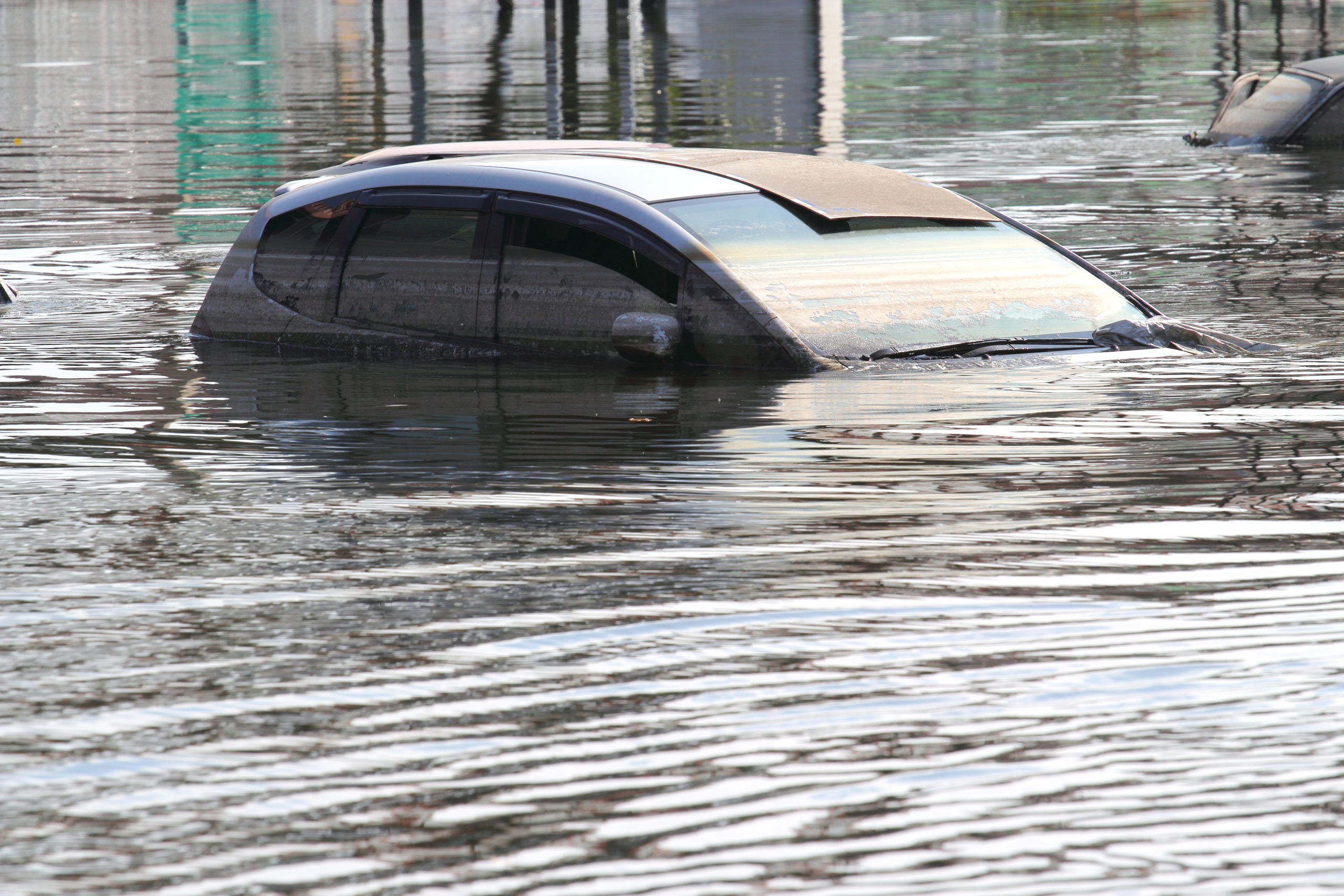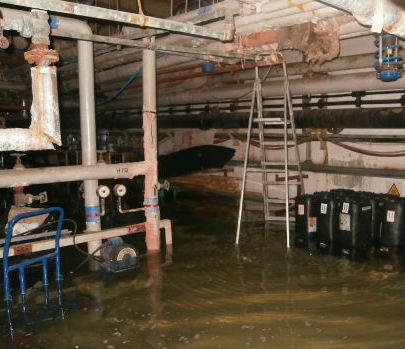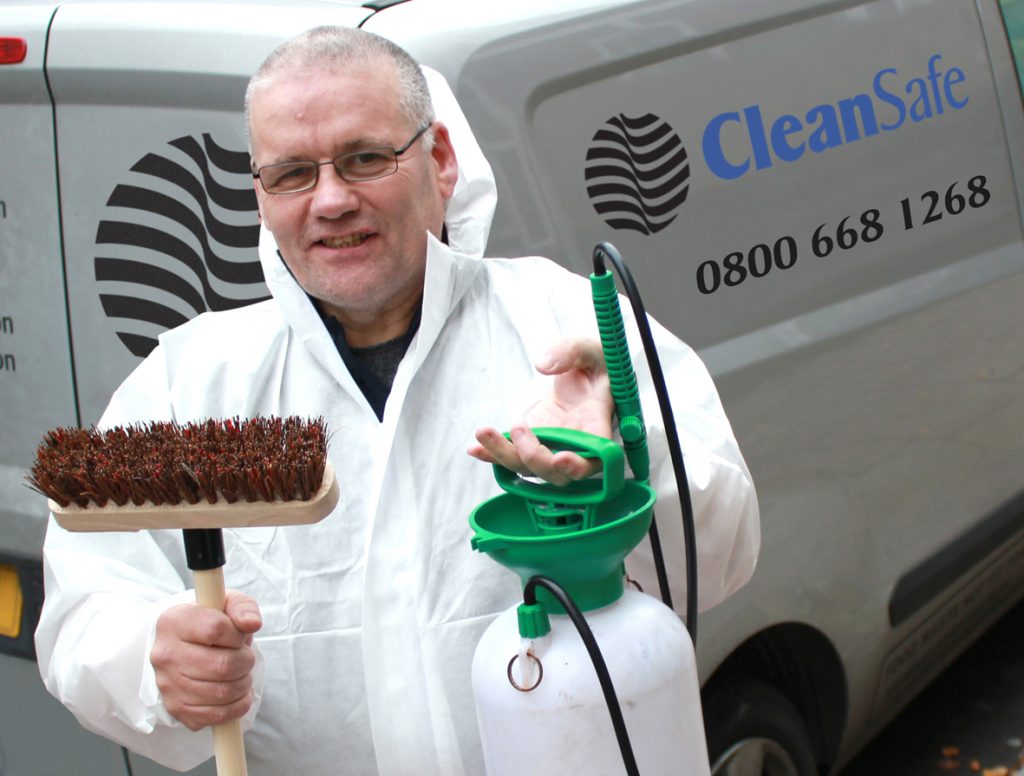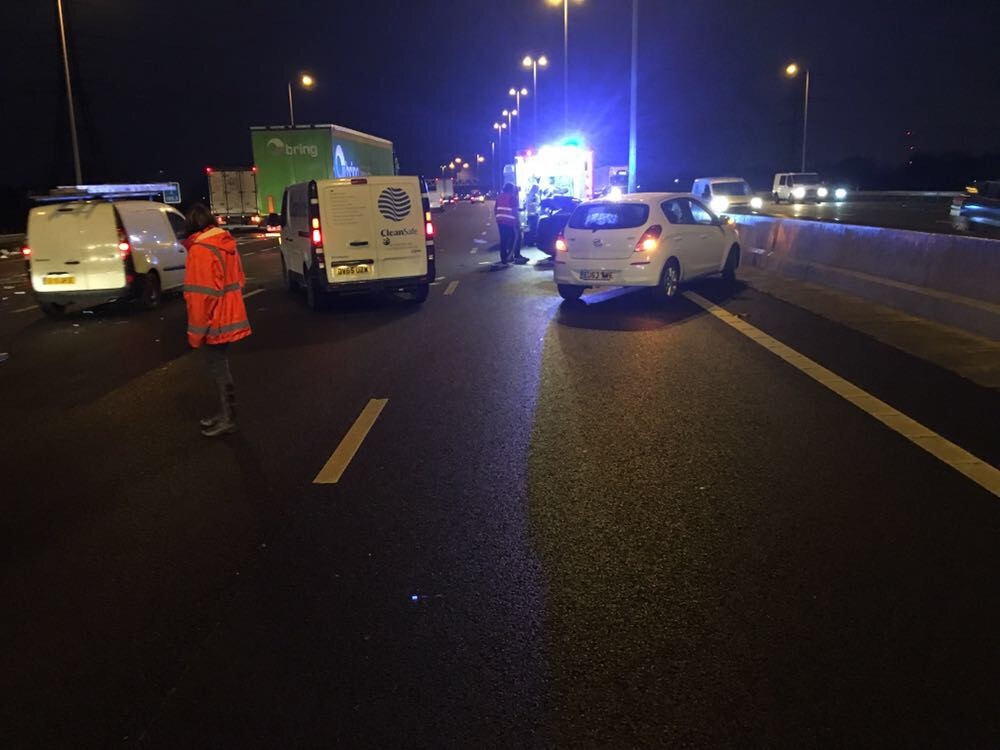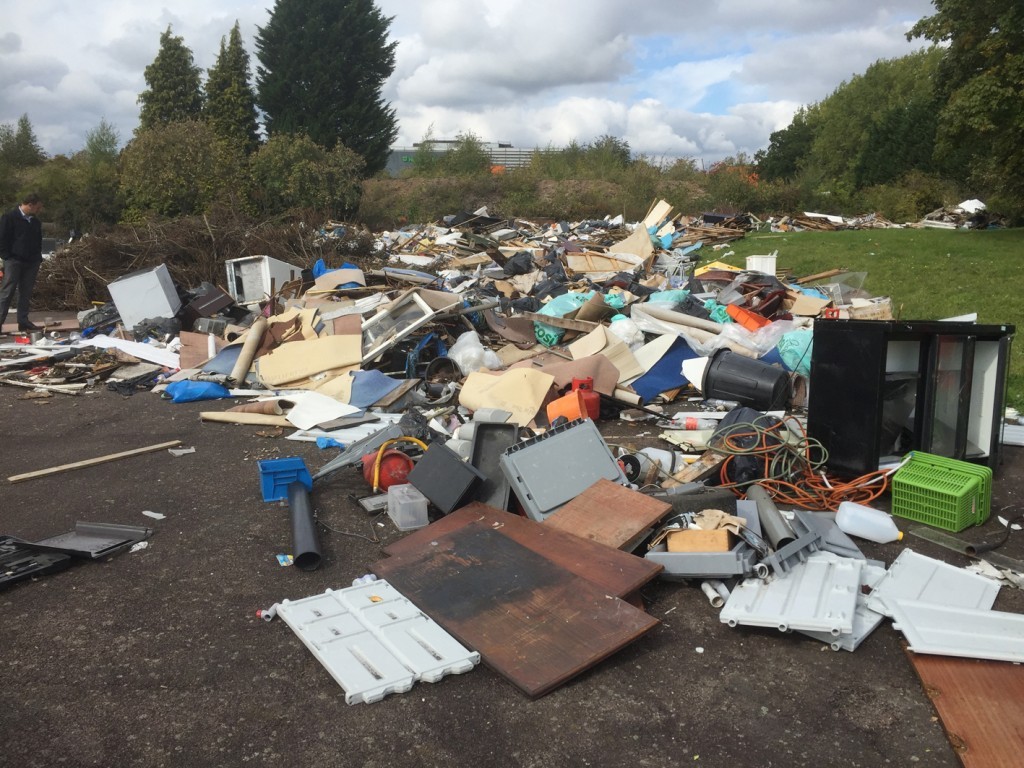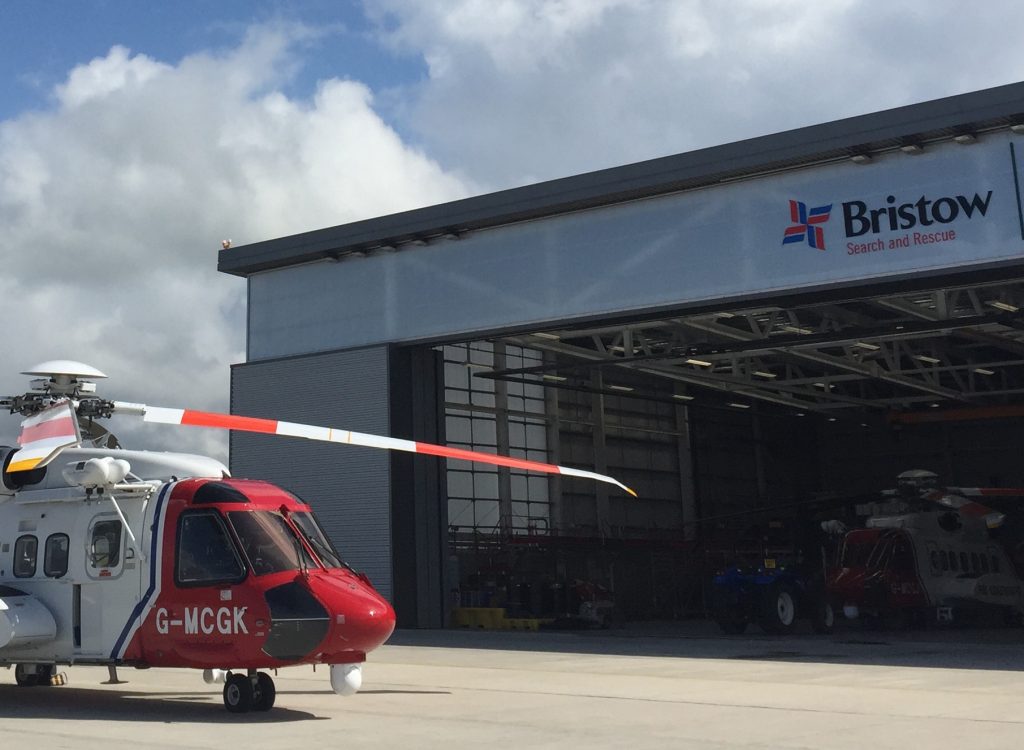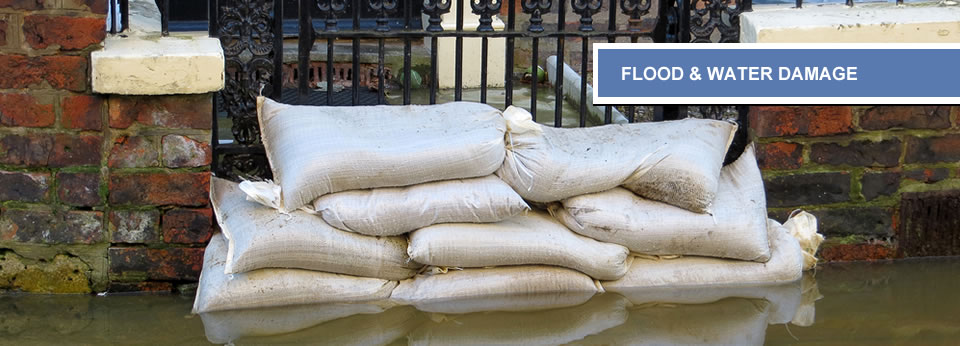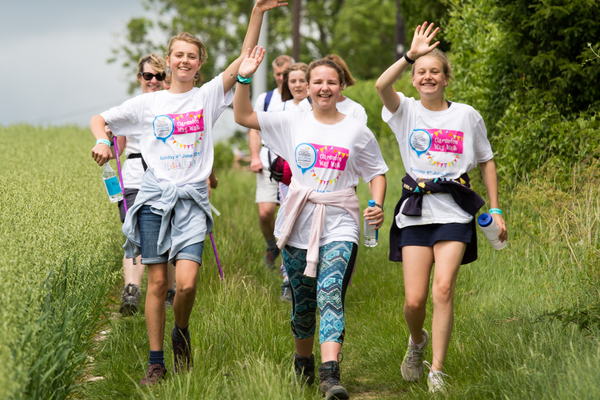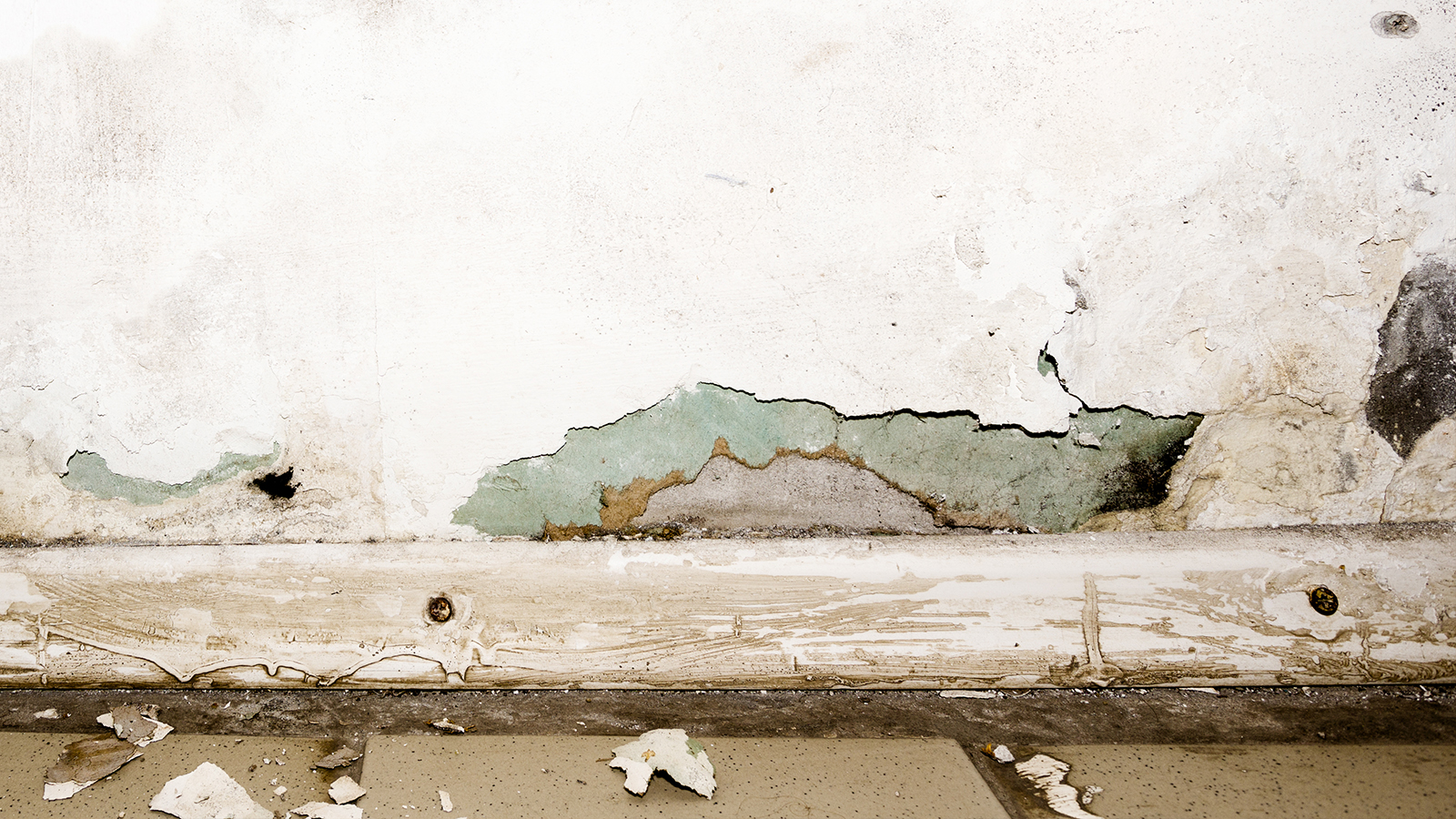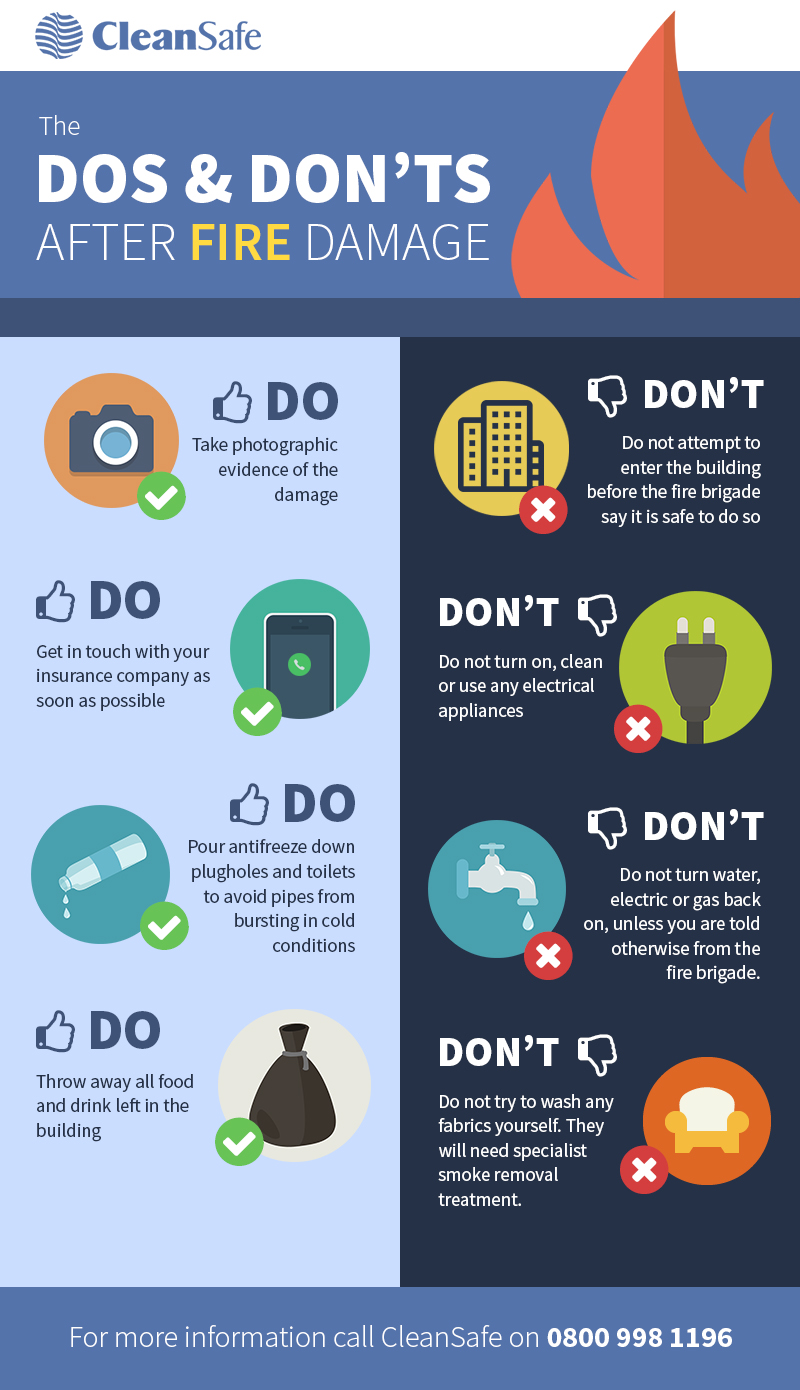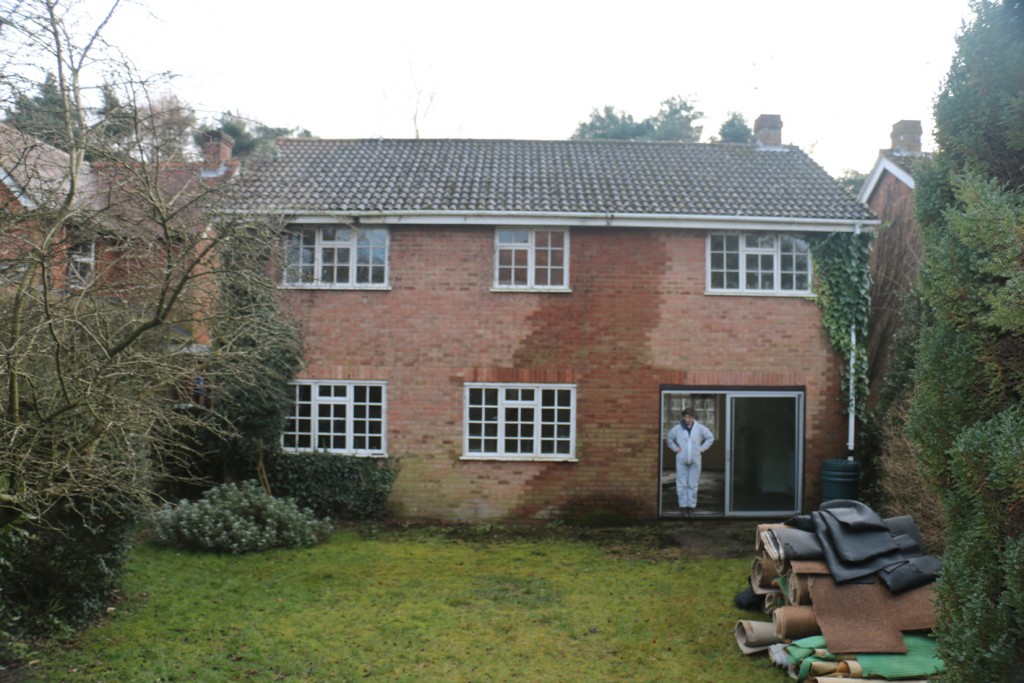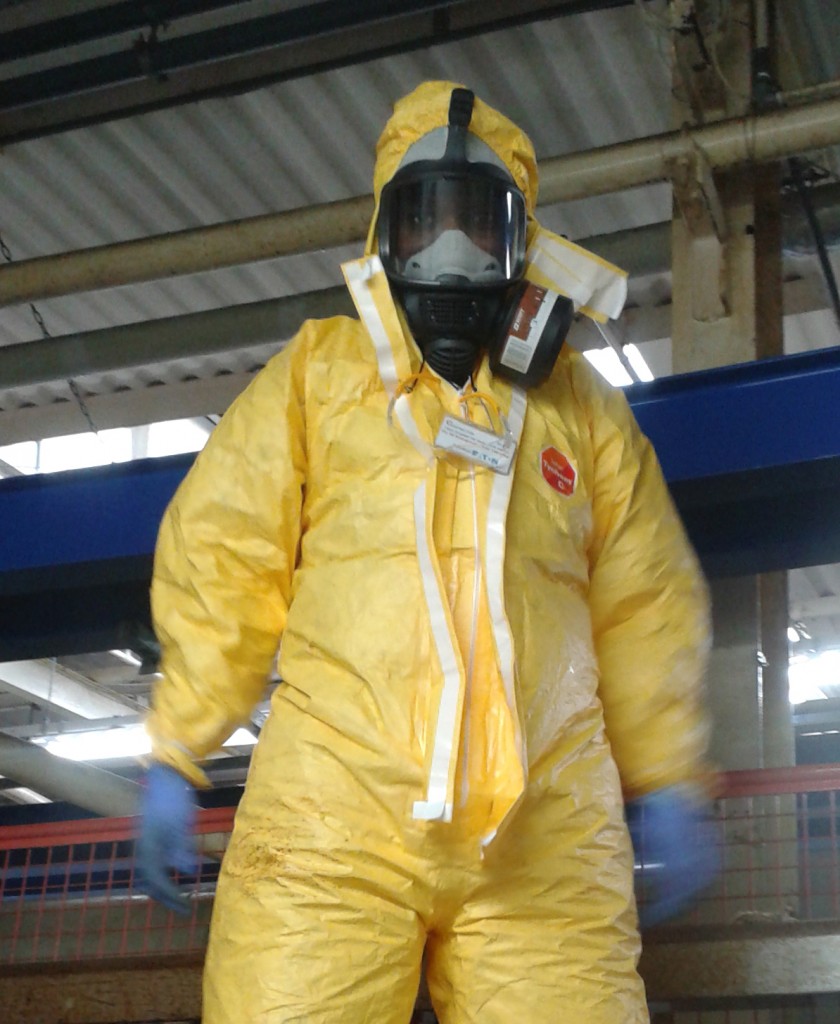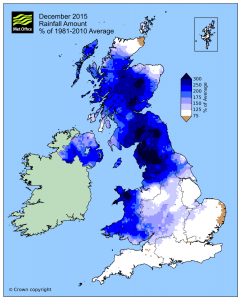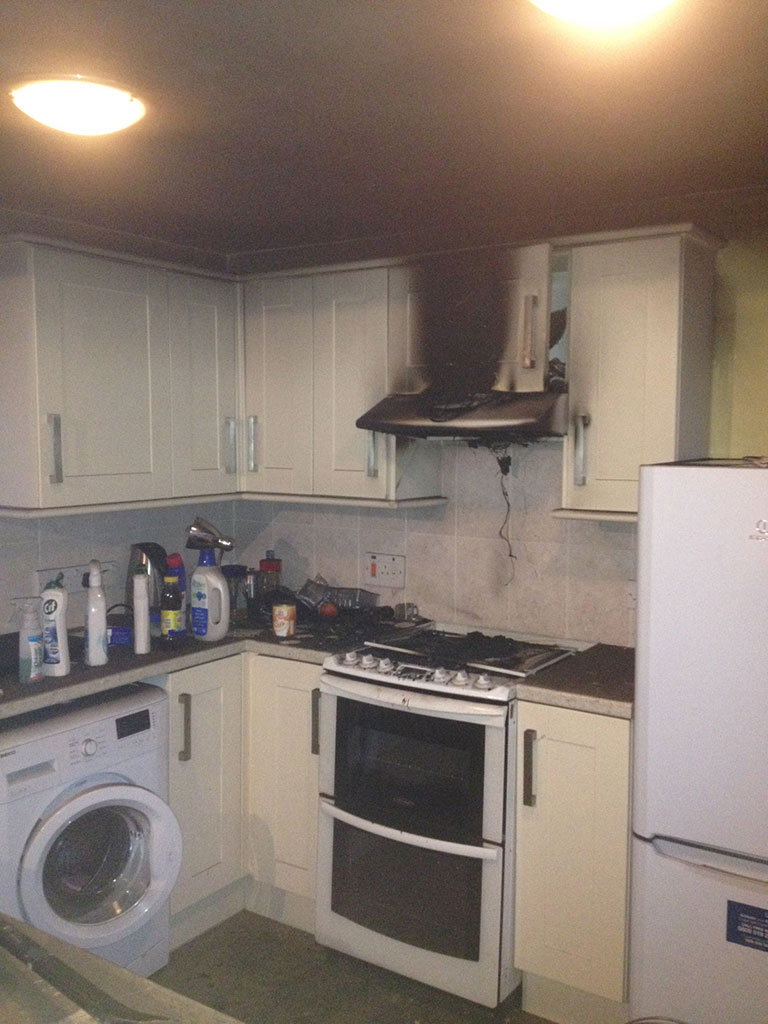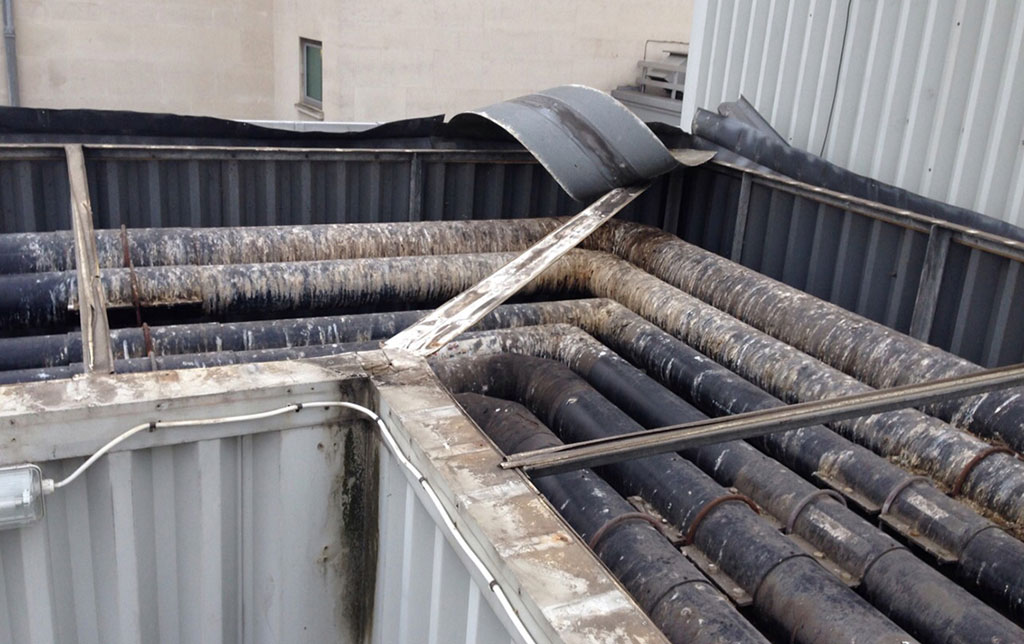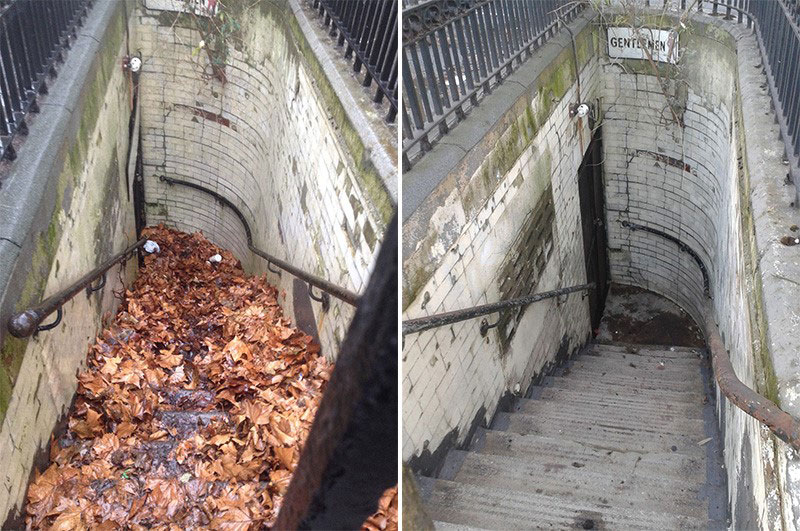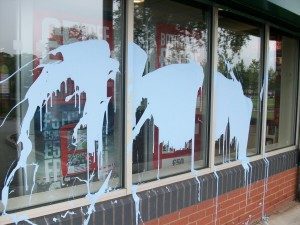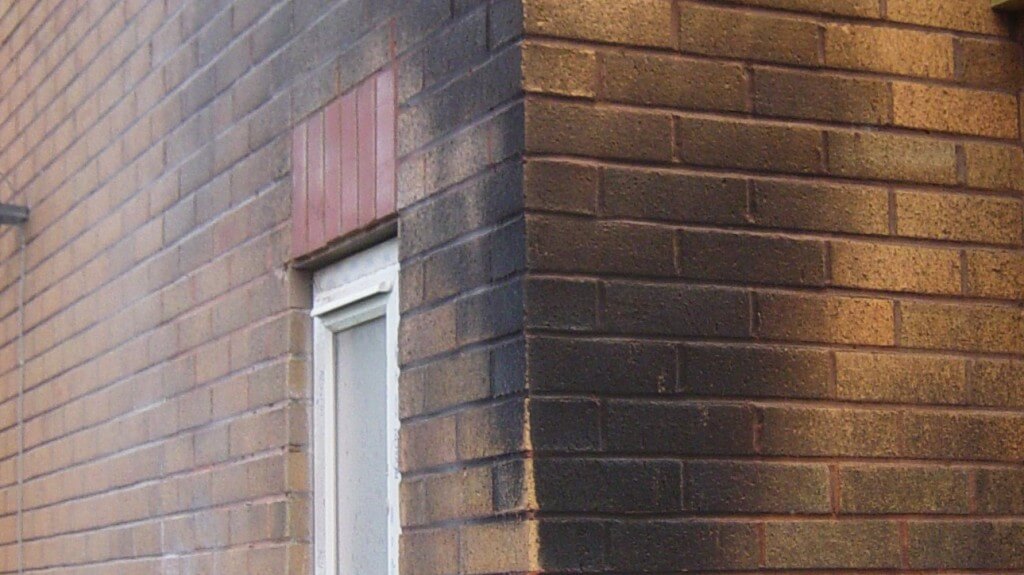For any facilities that produce sharps waste, their safe and efficient disposal is incredibly important. Medical facilities are responsible for their clinical waste even once it has left their premises, so sharps must be removed by a licensed company for sterilisation and destruction to ensure that the disposal complies with regulations.
Take a look at our guide to sharps disposal to find out more about the process.
What is sharps waste?
Sharps waste is any medical waste that poses a risk of puncture or laceration, including hypodermic needles, disposable scalpels, contaminated glass and sharp plastics. Whether or not it has physically come into contact with biohazardous material, any needle, blade or cutting device that is used in a medical setting qualifies as sharps waste, including anything that is attached to them, such as a handle or cap.
Glass items that have come into contact with biohazardous material are treated as sharps even if they aren’t broken, as they may break during the disposal process, creating a sharp, contaminated object. Plastics that aren’t sharp may be disposed of as normal biohazard waste, whereas contaminated plastics that may scratch or puncture the skin are disposed of with other sharps waste.
What are the hazards associated with sharps?
Sharps pose the risk of spreading blood-borne diseases such as HIV, hepatitis B and hepatitis C. Certain diseases can be spread through even a small amount of infectious fluid, so it only takes an accidental needlestick or nick from a contaminated sharp for someone to become infected. One of the main aims of sharps disposal regulations is to minimise handling of infected sharps and to ensure that they are safely contained at all times.
Sharps disposal on-site
A sharps box must be used to dispose of all qualifying waste. This is a puncture-resistant rigid plastic tub and is usually bright yellow. There are strict procedures in place to improve safety and minimise the time that used sharps are not safely contained. Sharps must be discarded into the box as a complete unit immediately after use. Dismantling a syringe, for example, would lead to increased handling before containment and additional risk of a needlestick incident.
To ensure safe, efficient use, the sharps box must be easily accessible in all areas where sharps are used, but must be kept out of the reach of children. The box must be taken to the patient rather than taking used sharps to the box. It must never be overfilled (usually only three-quarters full) to prevent sharps from protruding out of the top of the container.
Sharps collection from site
It is extremely important that all sharps are disposed of correctly and safely removed from the premises by a qualified company to minimise the possibility of contamination. Sharps box disposal is carried out by licensed companies. In most cases, the licensed operative will collect the box from its location rather than having it brought out by a worker at the facility, minimising the number of people that come into contact with the container.
The facility that the box has been collected from will be given a signed document to prove that it has been picked up, and a second document will stay with the box until it has been decontaminated.
How is sharps waste sanitised and disposed of?
Once they are sealed and loaded onto the collection vehicle, the sharps boxes will not be removed until they reach the licensed processing plant. Here, they are sanitised using a machine called an autoclave, which uses pressurised steam and superheated water to sterilise the equipment. Some sharps are incinerated, though this is less common.
Following autoclave sterilisation, the sharps can be safely disposed of as regular waste. Plastics can even be melted down and recycled for further use. Once the sharps have been sterilised and disposed of, the box’s accompanying form will be signed to certify the decontamination process.
Licensed sharps box disposal service
CleanSafe are licensed waste carriers and our operatives are fully trained to deal with clinical waste. We will provide you with the necessary certification to prove that we have safely disposed of your sharps waste as required by the regulations outlined in the 1990 Environment Act.
Get in touch with us today to find out more about our sharps removal service.


